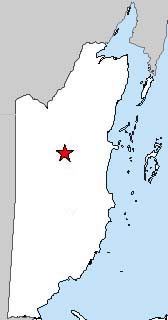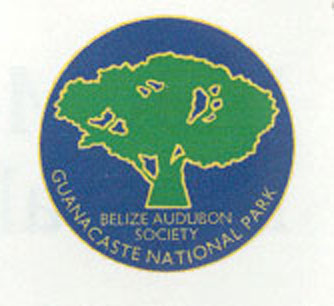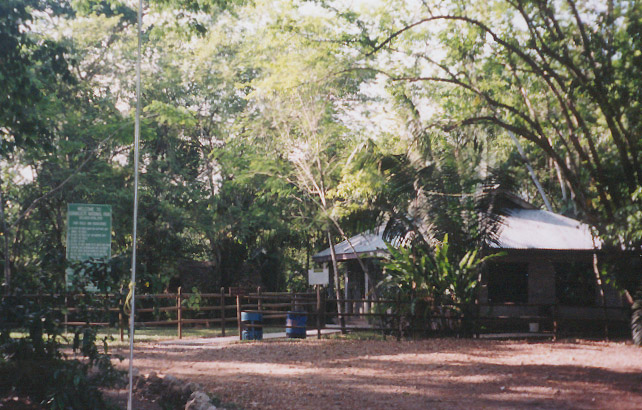 |
 |
Guanacaste National Park
 |
 |
Guanacaste National Park is the name of a fifty-acre parcel of tropical forest located on the north side of the Western Highway just to the east of the Roaring Creek bridge. The land was first held as a Crown Reserve and later received protection as a National Park under the Belize government on Earth Day 1990.
The Guanacaste Tree
The Park derives its name from the giant guanacaste or tubroos tree growing near the southwestern edge. This colossal old tree escaped being made into a boat because it divided very near the base, so that the tree, instead of having one straight trunk, has three. This makes the tree even more widespread and a better support for numerous epiphytes, including several species of orchids, bromeliads, ferns and cacti.
Mammals recorded within the park's boundaries include Jaguarundi, Kinkajou, Paca, Armadillo, Agouti, White-tailed Deer and several species of bats, rats, opossum and iguanas. Over one hundred species of birds have been seen in Guanacaste Park including Blue-crowned Motmots, Black-faced Antthrush, Smoky-brown Woodpecker, Black-headed Trogon, Squirrel Cuckoo, Red-lored Parrot, Bright-rumped Attila and White-breasted Wood-Wren.

The Visitors Center at Guanacaste National Park